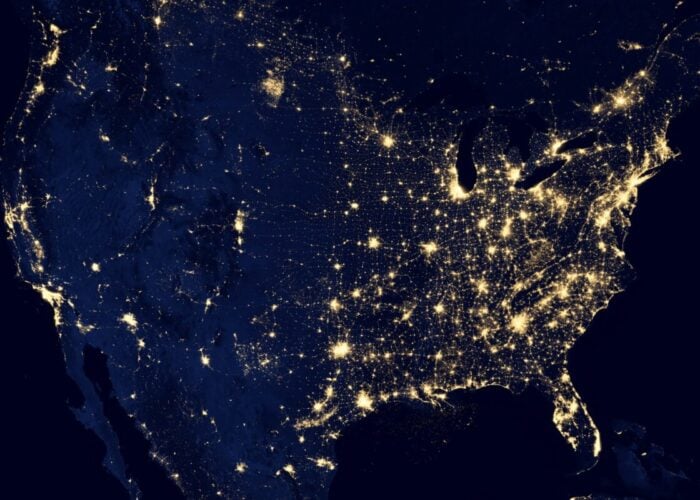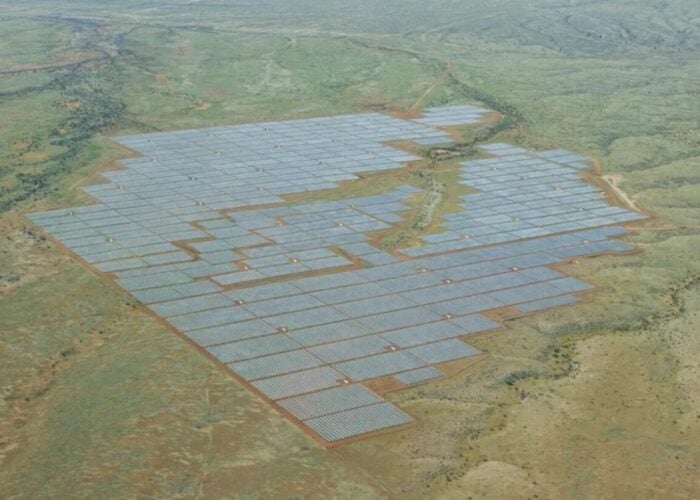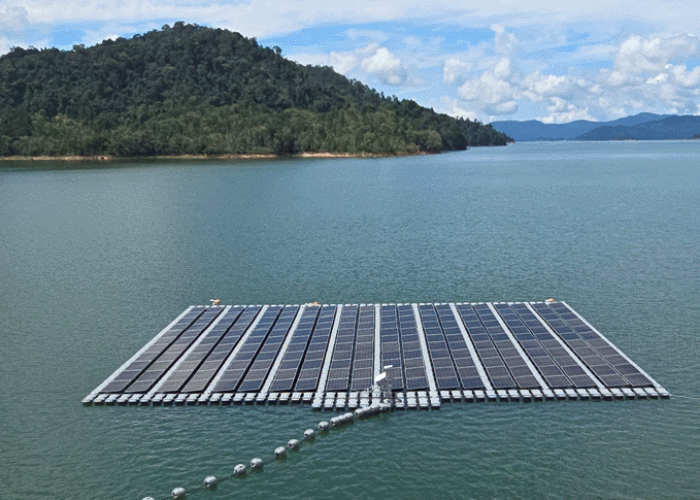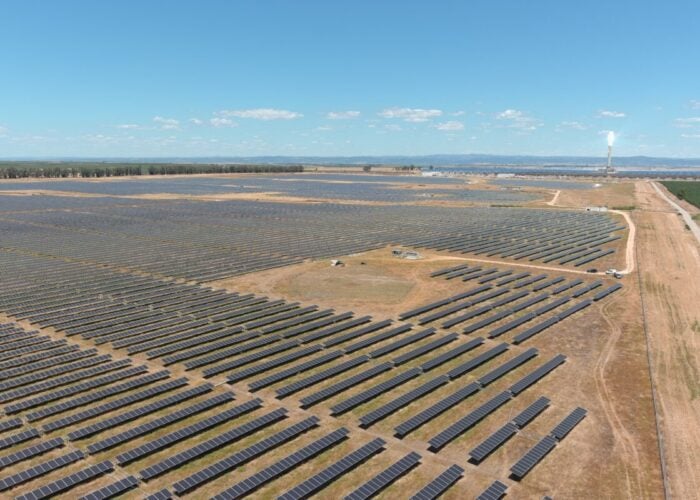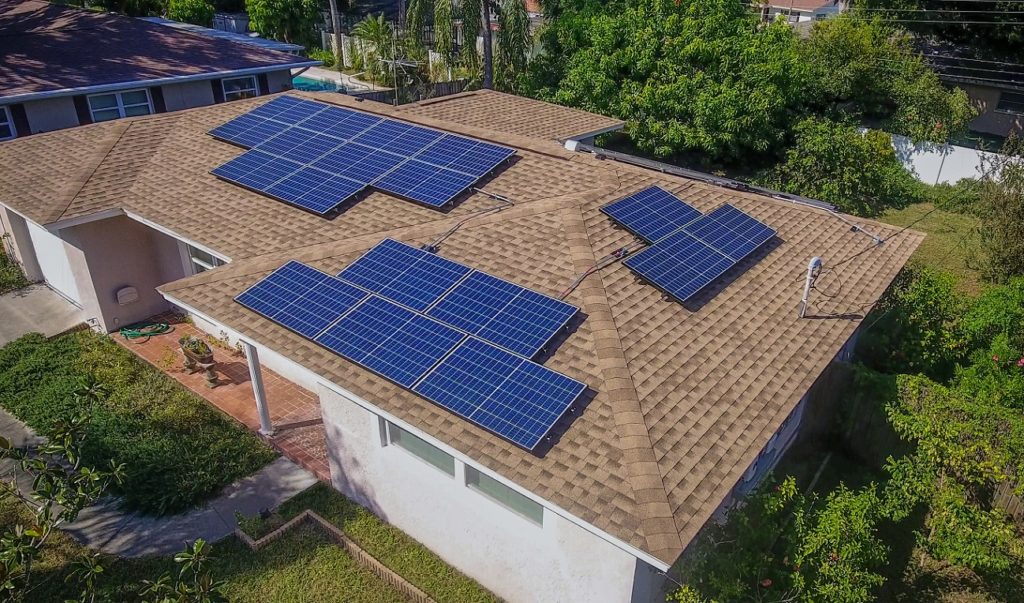
Governments and solar developers looking to widen the spread of residential solar PV in the US should look to deploy non-residential solar projects, according to a study published in the Frontiers in Sustainable Energy Policy journal by Berkeley Lab.
The paper, entitled Impacts of non-residential solar on residential adoption decisions, examined the social influence of non-residential PV projects, specifically ground-mount or rooftop installations at government, religious and commercial buildings. It found that installing these non-residential solar sites has “a continuous, long-term influence on residential adoption decisions” and that the overall influence is comparable with the influence of other residential installations.
Unlock unlimited access for 12 whole months of distinctive global analysis
Photovoltaics International is now included.
- Regular insight and analysis of the industry’s biggest developments
- In-depth interviews with the industry’s leading figures
- Unlimited digital access to the PV Tech Power journal catalogue
- Unlimited digital access to the Photovoltaics International journal catalogue
- Access to more than 1,000 technical papers
- Discounts on Solar Media’s portfolio of events, in-person and virtual
The report cites a number of sources which show that an individual decision to adopt rooftop solar is partly influenced by others who have done the same, and that residential systems tend to cluster near one another. It also points to descriptions of solar adoption as a form of “social contagion” where people are subconsciously influenced by the presence of PV systems around them.
Most notably from an industry perspective, the research found that non-residential installations can act as catalysts to “seed” residential rooftop installations in the surrounding area.
This should be intriguing news to rooftop PV developers and to governments looking to increase residential uptake, either in new markets of in low-income areas. The authors suggest that government-backed installations in a low-income area could influence residents to take up rooftop solar themselves, as an already low-income area with little installed PV has scant “exposure” to solar.
This, of course, does not solve the “low-income” part of the equation, whereby the cost of a solar installation and lower home ownership rates hold communities back from adopting PV.
The federal government’s Inflation Reduction Act (IRA) contains the Low-Income Communities Bonus Credit which increases the tax credit for investments into renewable energy projects in poorer areas. Combined with the ongoing and projected rise in community solar projects in the US (relatively small-scale projects that are often government-funded or co-owned by a community), the potential for influencing solar uptake in what are sometimes called “underserved areas” could be fruitful for developers and governments.
The corporate and industrial (C&I) solar sector in the US – from which many of these “seed” projects would come – has been a slow burn since the IRA came into force, but experts speaking to PV Tech Premium last September said that the sector is poised for growth in the long-term.
Social influence for PV can work in both an “active” and “passive” way, the report said, and should be tailored according to a specific situation or community. Active influence relies on the social role of the building or organisation in a community, like a religious building, and its ability to influence the people who gather there.
The report suggests that religious communities that directly engage with their congregations “can serve as conduits for public implementation” of solar. The same can be true for other non-residential bodies.
Passive influence is more visual, and would pursue solar installations on prominent rooftops or in city centres. The report suggests that policymakers looking to boost residential uptake could subsidise prominent PV installations that are highly visible.
In general, the report said that residential PV uptake increases by around 0.4 adoptions per quarter for every non-residential system that is installed.

